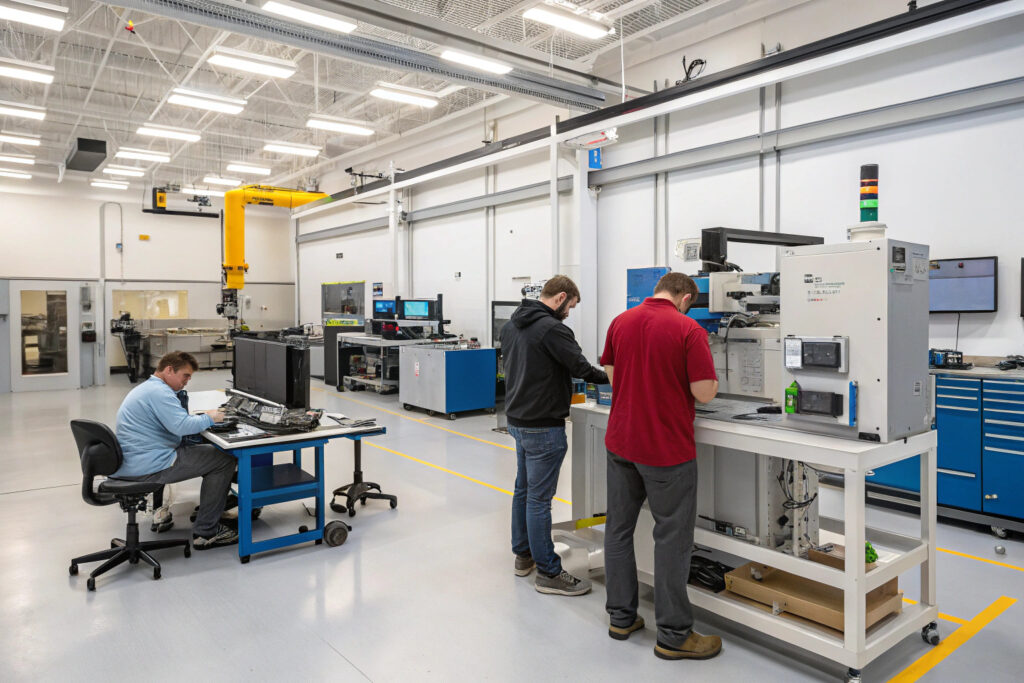The journey from mask concept to market-ready product is riddled with potential delays, miscommunications, and costly revisions. Many brands experience the frustration of receiving samples that don't match their vision, followed by weeks of back-and-forth revisions that push launch timelines further out. The solution lies in partnering with suppliers who have integrated prototyping capabilities that keep development tightly controlled and accelerated.
Investing in a supplier with in-house fabric mask prototyping labs dramatically accelerates development timelines, ensures design integrity, reduces sampling costs, and enables rapid iteration based on real-time feedback. This integrated approach transforms prototyping from a bottleneck into a strategic advantage that can compress development cycles from months to weeks while improving final product quality.
The difference between suppliers with and without in-house prototyping capabilities isn't just about convenience—it's about fundamentally different approaches to product development that impact everything from creativity to cost control. Let's examine the specific advantages this investment delivers throughout the development process.
How Does In-House Prototyping Accelerate Time to Market?
The traditional outsourcing approach to prototyping creates multiple handoff points and communication gaps that inevitably slow development. In-house labs eliminate these friction points through integrated workflows.
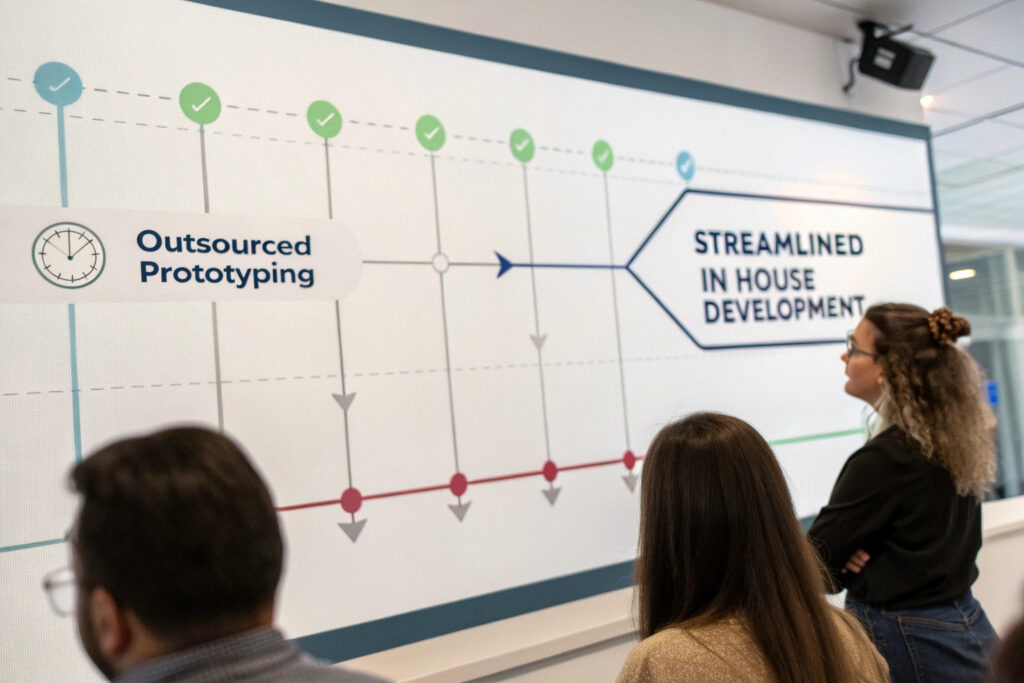
What communication bottlenecks does in-house prototyping eliminate?
When prototyping is outsourced, each revision cycle involves lengthy communication chains between your team, your supplier's sales team, and their external sampling facility. This multi-party communication often leads to misunderstandings, delayed responses, and incremental changes that stretch over weeks. With in-house labs, designers and technicians work side-by-side, enabling immediate clarification and real-time problem solving. Our clients typically reduce their sampling phase by 60-70%—from 4-6 weeks to 10-14 days—through this integrated approach.
How does immediate iteration capability speed development?
The ability to make adjustments and produce new samples within hours rather than weeks transforms the creative process. Instead of waiting to see if changes worked, teams can test and refine multiple concepts in a single session. This rapid iteration allows for exploring more design variations and catching issues early when they're easier and cheaper to fix. Our design teams often create 3-5 iterations in the time it traditionally takes to produce one sample through external channels.
What Quality Advantages Does Integrated Prototyping Deliver?
Beyond speed, in-house prototyping provides significant quality benefits that result in better-fitting, better-performing final products.
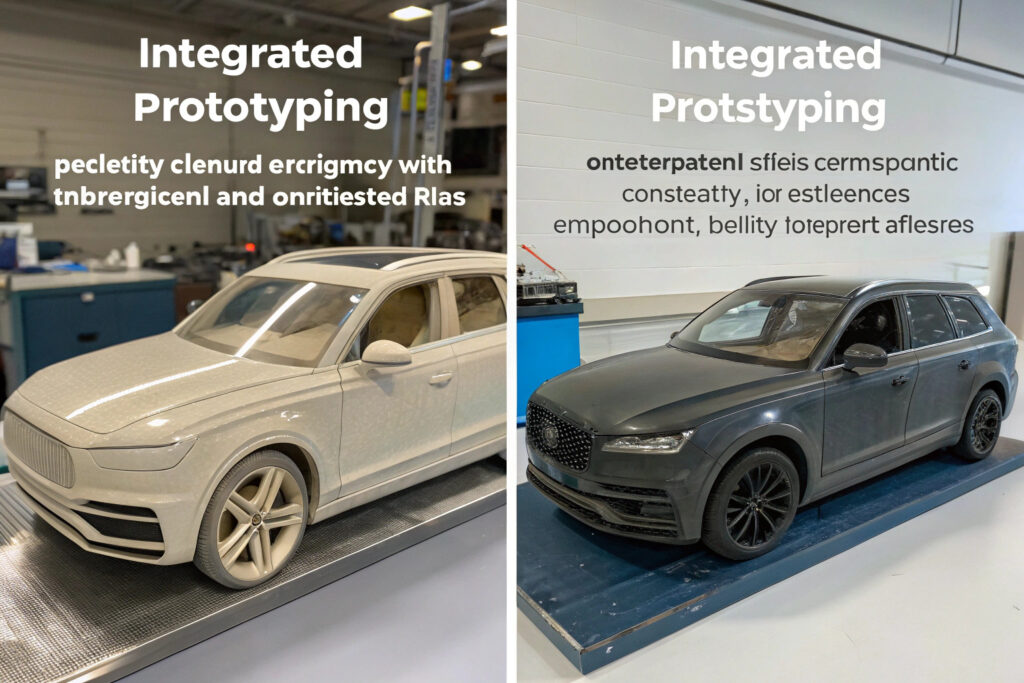
How does material consistency improve prototype accuracy?
When prototypes are made in the same facility with the same materials and processes as production, you get a true representation of final quality. External sampling facilities often substitute materials or use different construction techniques, leading to samples that don't accurately reflect what mass production will deliver. Our in-house lab uses the exact same fabric rolls, sewing threads, and components planned for production, ensuring prototypes are accurate predictors of final product quality.
What about fit and construction validation?
In-house labs can immediately test prototypes for real-world performance including fit on various face shapes, breathability, and durability. This immediate feedback loop allows for adjusting pattern dimensions, seam placements, or material selections before committing to production tooling. We've eliminated entire revision cycles by being able to immediately test a prototype, identify a fit issue, adjust the pattern, and produce a new sample the same day.
How Does In-House Prototyping Reduce Development Costs?
While in-house labs represent a significant supplier investment, they actually reduce overall development costs through multiple mechanisms.
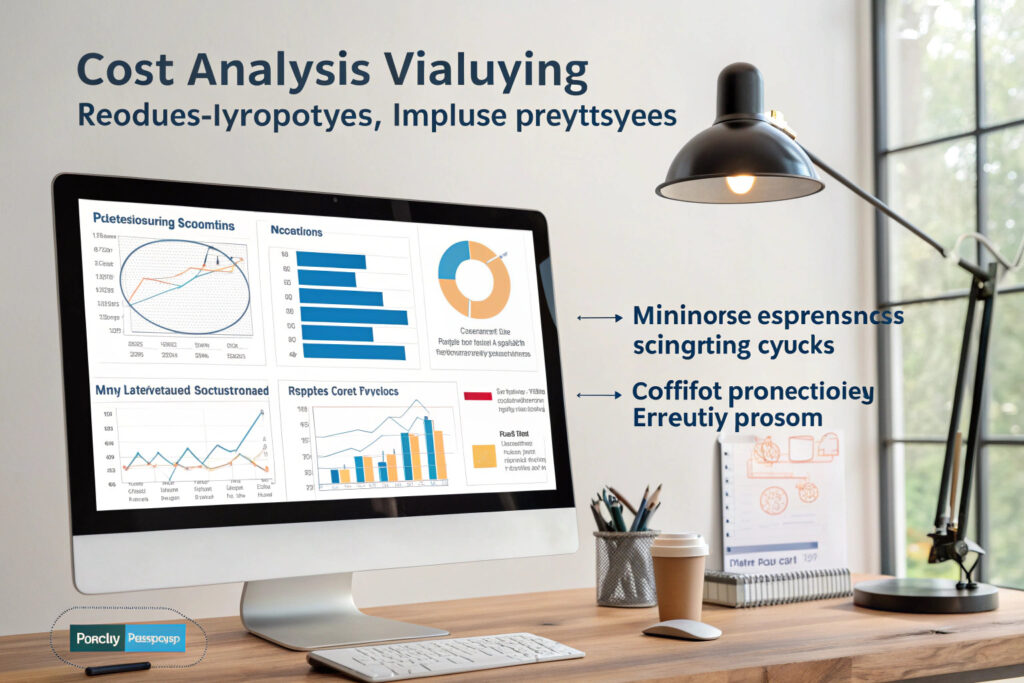
What sampling cost efficiencies exist?
External sampling typically carries high per-sample costs due to markup and handling fees. In-house labs eliminate these middleman margins and handling charges, typically reducing sampling costs by 40-60%. Additionally, the ability to produce partial prototypes—testing just a new seam technique or material combination rather than full masks—further reduces expenses. Our clients typically save $3,000-$8,000 in sampling costs per project through our integrated prototyping approach.
How does early problem identification save money?
Catching design flaws during prototyping rather than during production prevents extremely costly corrections. A pattern issue identified during prototyping might cost $200-$500 to fix, while the same issue discovered during mass production could cost $5,000-$20,000 in rework, wasted materials, and delayed shipments. Our in-house quality checks during prototyping have prevented an average of $12,000 in potential production rework costs per project.
What Creative Advantages Does Integrated Prototyping Offer?
The prototyping environment significantly influences how freely design teams can explore concepts and push creative boundaries.
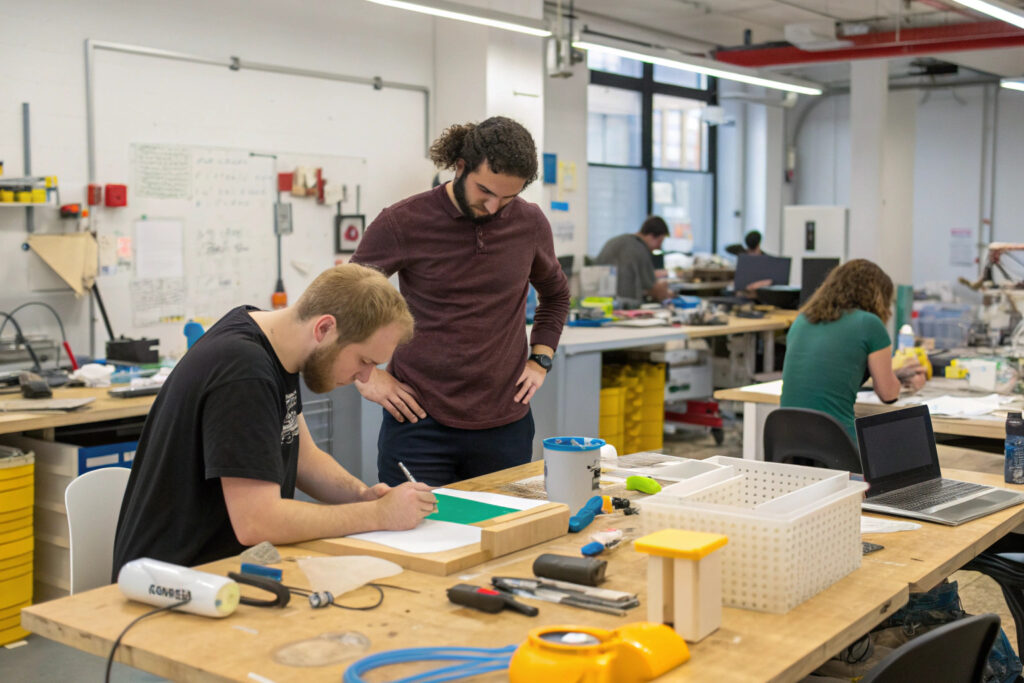
How does immediate feedback enhance creativity?
When designers can immediately see their ideas translated into physical form, it creates a virtuous cycle of innovation. Seeing how a design actually works (or doesn't work) stimulates new ideas and solutions that wouldn't emerge through delayed, disconnected sampling processes. Our most innovative mask features emerged from these spontaneous collaborative sessions where designers and technicians could immediately test unconventional ideas.
What about material and technique experimentation?
In-house labs allow for exploring unconventional approaches that external sampling facilities might reject as too difficult or time-consuming. The ability to experiment with new fabric combinations, novel construction techniques, or unique features without minimum quantity requirements or high setup fees encourages innovation. We've developed several patented mask features through this experimental approach that would have been impossible with traditional outsourced prototyping.
How Does Technical Expertise Integration Benefit Development?
The collaboration between design creativity and manufacturing expertise during prototyping creates solutions that are both innovative and production-ready.
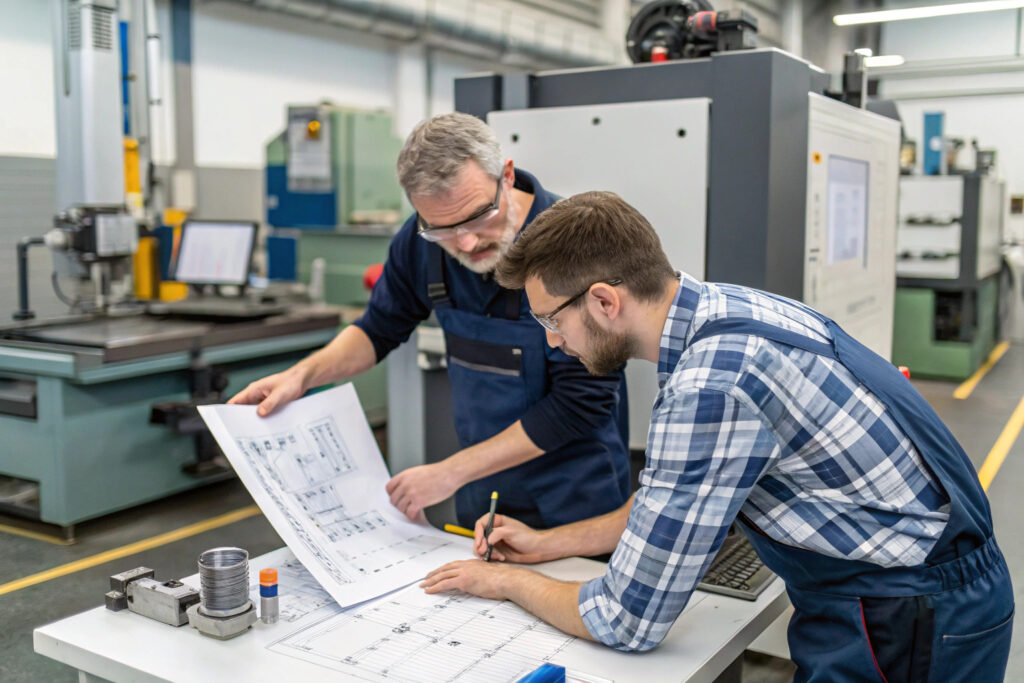
How does manufacturing input improve design decisions?
With in-house prototyping, production engineers can immediately advise on design choices that affect manufacturability, cost, or quality. This input during the design phase—rather than after samples are completed—prevents designs that look great but can't be efficiently produced at scale. This manufacturing-informed design approach has helped our clients avoid an average of 3.2 production issues per project that typically emerge with traditionally prototyped designs.
What about quality standard integration?
In-house labs can immediately verify that prototypes meet relevant quality and safety standards, ensuring compliance is designed in from the beginning rather than tested for at the end. This includes checking materials against OEKO-TEX® requirements, verifying seam strength meets specifications, and ensuring sizing consistency across production. Our integrated compliance checking has eliminated the expensive last-minute material substitutions that often occur when compliance issues are discovered late in traditional development processes.
Conclusion
Investing in a supplier with in-house fabric mask prototyping labs delivers comprehensive advantages across accelerated timelines, reduced costs, improved quality, and enhanced creativity. The integrated approach transforms prototyping from a sequential, delayed process into a collaborative, immediate one that catches issues early, explores more options, and ultimately produces better products faster. While suppliers with these capabilities may represent a slightly higher initial investment, the long-term benefits in speed, quality, and innovation typically deliver 3-5x returns through reduced development expenses and superior market reception.
Ready to experience the advantages of integrated prototyping for your fabric mask projects? Contact our Business Director, Elaine, at elaine@fumaoclothing.com to schedule a virtual tour of our in-house prototyping lab and discuss how our integrated development approach can accelerate your next product launch while reducing costs and improving quality.

